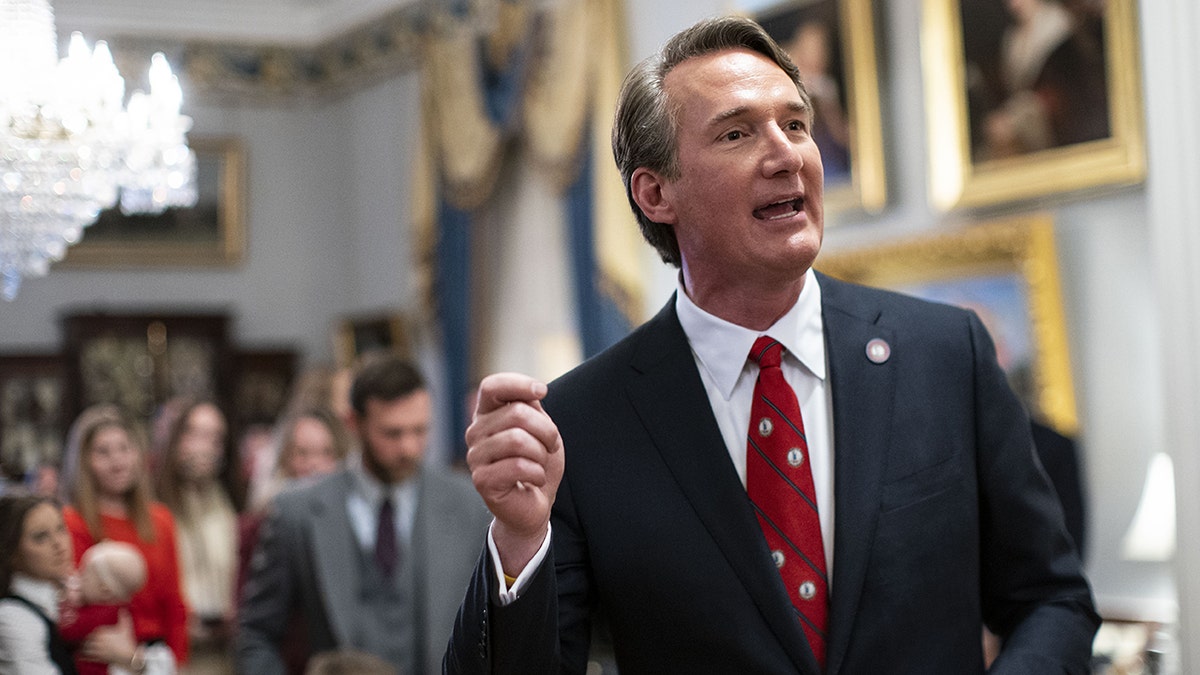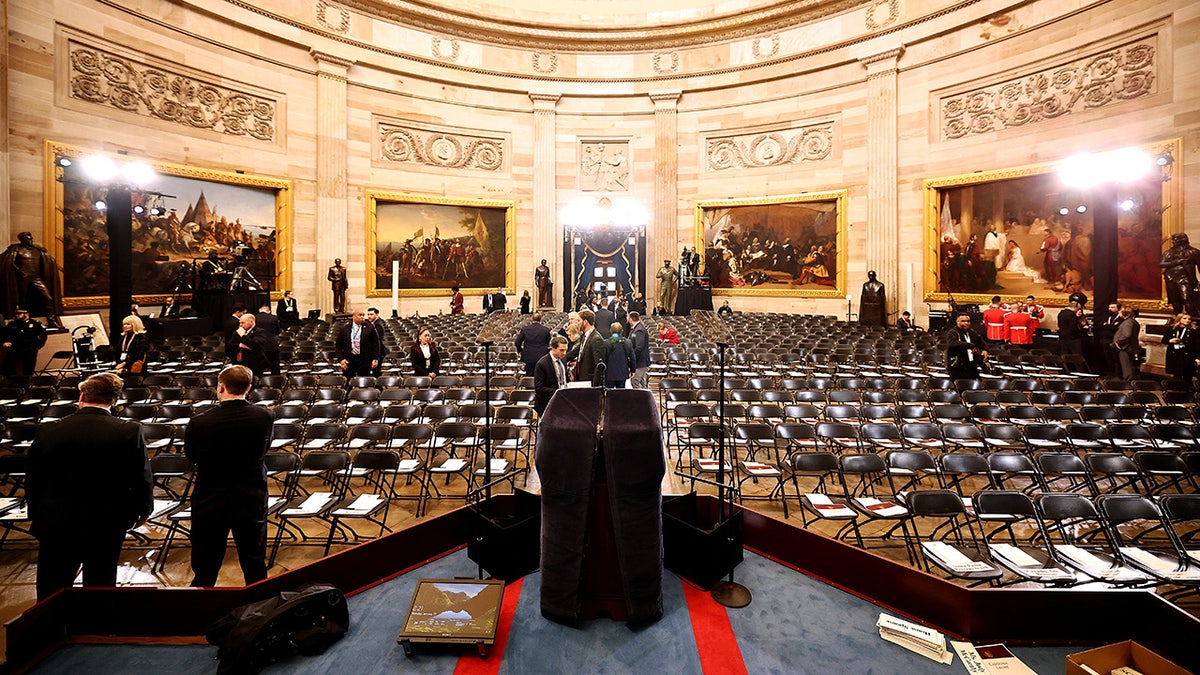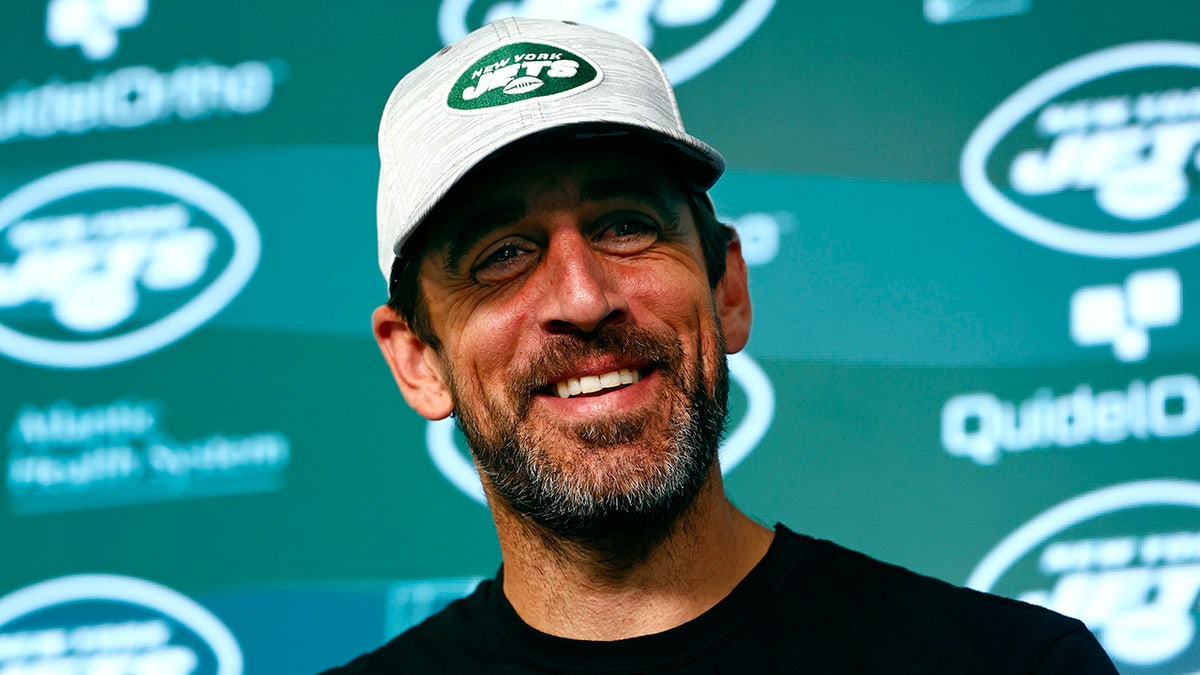A clandestine U.S. Navy project investigating brain injuries among its top fighter pilots has come under scrutiny by Congress. Project Odin, initiated by the Navy's TOPGUN academy in late 2024, sought to identify and address symptoms consistent with brain trauma in pilots, some of whom tragically died by suicide. The program's secretive nature, as revealed by a New York Times report, has prompted House Oversight Chairman James Comer (R-KY) to launch an investigation.
Matthew 'Whiz' Buckley, a TOPGUN graduate and former F/A-18 pilot, spoke with Fox News Digital about his personal experience with these injuries. He described the intense physical forces pilots endure, comparing aircraft carrier landings to "car crashes" and catapult takeoffs to being "jerked back and forth" at extreme speeds. He also highlighted the strain of high-G maneuvers, explaining how blood rushes from the head during intense dogfighting training.
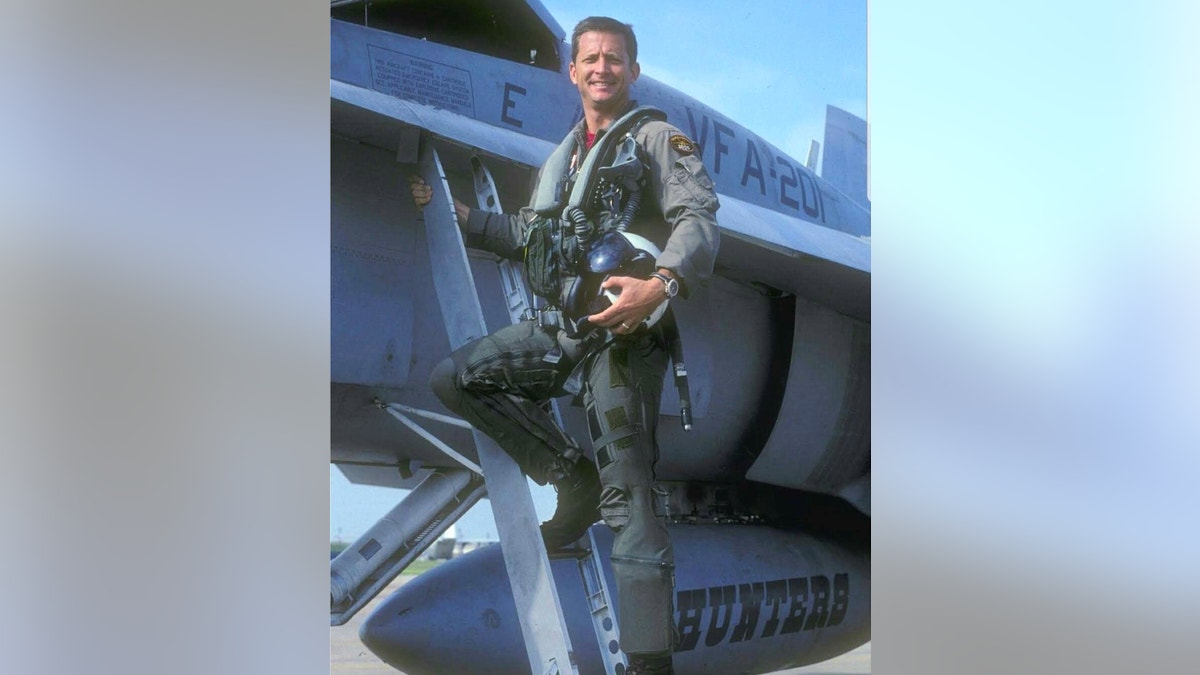
Buckley emphasized the physical toll of carrier landings, likening them to being dropped from a two-story height. (Matthew ‘Whiz’ Buckley)
Comer's investigation will delve into the Navy's attempts to mitigate the physiological and psychological impacts on naval aviators, particularly those in the TOPGUN program. The investigation will also examine Project Odin’s Eye, which was reportedly implemented without formal approval from Navy Medical and Air Commands. The Oversight Committee's letter to acting Navy Secretary Terence Emmert expresses concern about the Navy's awareness of these potential issues and the effectiveness of its mitigation efforts.

Buckley explained that the high-speed maneuvers inherent in fighter piloting put tremendous strain on the brain. (Reuters)
Buckley, the founder of the veterans' suicide prevention organization No Fallen Heroes, criticized the Navy for glamorizing the allure of fighter jets without adequately addressing the associated risks. He initially attributed his own symptoms – confusion, forgetfulness, and irritability – to the Navy's drinking culture. He also revealed that many of his colleagues experienced back and neck injuries.
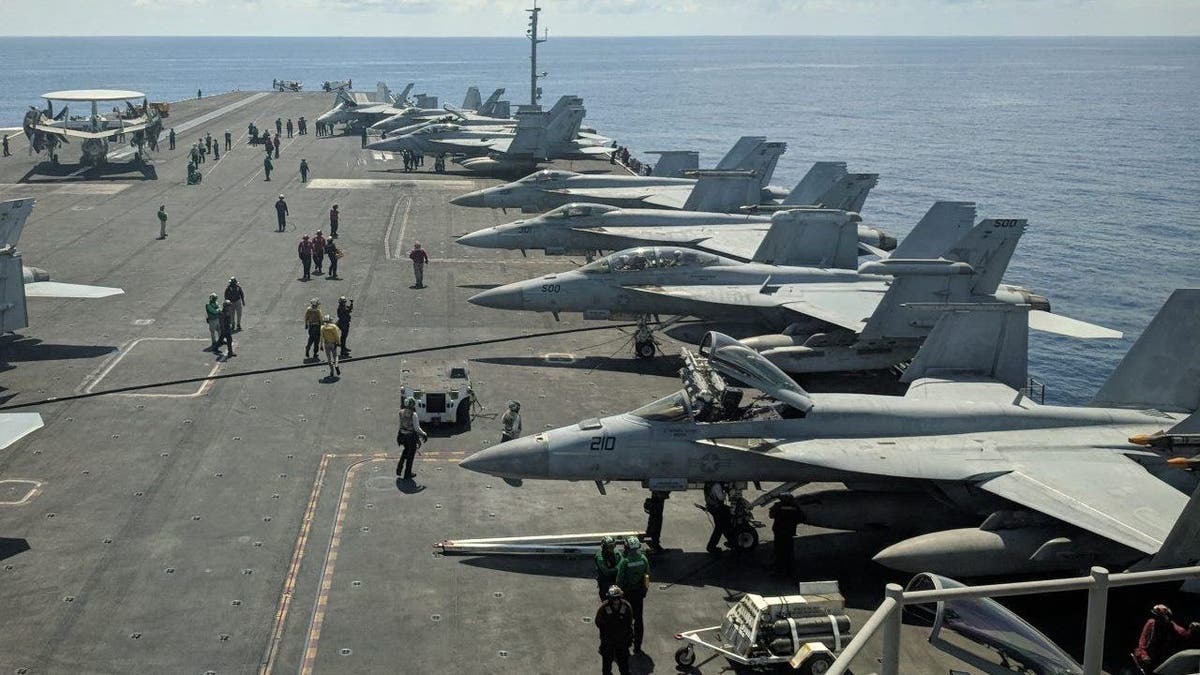
F/A-18 Super Hornets and an EA-18G Growler aboard the USS Ronald Reagan. (Photo by CATHERINE LAI/AFP via Getty Images)
Many Navy pilots transition to commercial airlines, but often conceal their brain injury symptoms on applications for fear of losing job opportunities. While the demanding nature of air combat training cannot be eliminated, Buckley stressed the Navy's responsibility to provide better care for veterans grappling with the long-term effects of their service. He personally battled the Veterans Affairs Department for years to have his injuries recognized as service-related.
Buckley drew a stark contrast between the trust placed in pilots during their service and the difficulties they face upon leaving the military, feeling like they go from being highly respected to being treated as liars. He even humorously speculated about a potential Top Gun 3 storyline where Maverick's greatest challenge becomes navigating the VA system.


